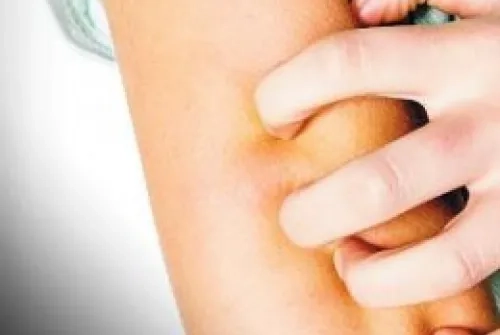Alo Yeditepe
Alo Yeditepe
Urticaria Decreases the Quality of Life
Prof. Dr. Oktay Taşkapan: Urticaria is an important health problem that severely reduces the quality of life. This disease should be treated and monitored by dermatologists.
Urticaria, which occurs with itchy and puffy skin plaques and sometimes swelling of the surrounding tissues such as eyelids and lips, is called hives among people and is twice as common in women as in men. Clinical pictures that last less than six weeks are called 'acute urticaria', and clinical pictures that last six weeks or longer are called 'chronic urticaria'.
Faculty Member at Yeditepe University Hospitals, Department of Skin and Venereal Diseases, Prof. Dr. Oktay Taşkapan stated that urticaria is a disease that severely affects the social life and psychological status of patients and reduces their quality of life. We asked Taşkapan about urticaria, who emphasized that urticaria should be treated and monitored by dermatologists.
In which age group does the rash occur specifically?
It was determined that approximately 15 percent and 20 percent of people had an 'acute urticaria' attack at some point in their lives. Chronic urticaria, which is an important health problem, affects approximately 1% of people and occurs most frequently in women aged 20-40 years and twice as frequently in women as in men.
Avoid Herbal Treatment
Is there a cure? If so, what is being done?
Urticaria is a treatable disease. Most cases of acute urticaria, in particular, regress within a few days with short-term cortisone use and pills called antihistamines. In severe cases where widespread rashes and swelling are observed, medications (in the emergency room or dermatology clinics) are administered by injection and the patient is kept under observation for a while. It should be noted that physical and psychological strains (such as excessive fatigue, exercise, and stress) will worsen the disease in all urticaria patients. These patients should avoid hot environments, alcoholic beverages, especially painkillers, fever-reducing, muscle-relaxing drugs, and other herbal therapies. Clinical manifestations that cause problems in treatment are 'chronic urticaria' cases that last longer than six weeks. Similar drugs are used in chronic urticaria, the patient is monitored very well, and in cases where there is no response, advanced treatment agents are used. In particular, omalizumab administered subcutaneously once a month in recent years has proven to be very effective in the treatment of resistant chronic urticaria.
Reason for Infection Urticaria
Why does a rash appear?
In acute urticaria, drugs, foci of infection, and nutrients should be specifically questioned; the cause can often be found in such cases. In chronic urticaria, infections, physical factors (such as heat, cold, pressure), sometimes nutritional additives, and various diseases that cause inflammation in the body may also be responsible; in a significant part of patients, no cause can be put forward, and sometimes urticaria lasts too long. However, the presence of all these conditions does not mean that the patient will not recover.
It May Turn Into Chronic Urticaria
What conditions arise if no treatment is given?
Although rare, "chronic urticaria" may be the first sign of a serious disease (rheumatic diseases, connective tissue diseases, etc.) that may develop. For all these reasons, a good physician-patient relationship, appropriate treatment approaches, and regular follow-up are of great importance. Urticaria is a serious health problem that severely reduces the quality of life. This disease should be treated and monitored by dermatologists. I would like to state that the "Türkiye Urticaria Diagnosis and Treatment Guide" has been prepared and published by the physicians in the "Turkish Dermatology Association Dermatoallergy Working Group" and "Dermatoimmunology and Allergy Association" in order to be a guide for the diagnosis, treatment, and follow-up of urticaria for dermatologists in Türkiye.
About
Faculty and Year of Graduation:
Medical Faculty of GATA İstanbul, 1986
Alo Yeditepe




